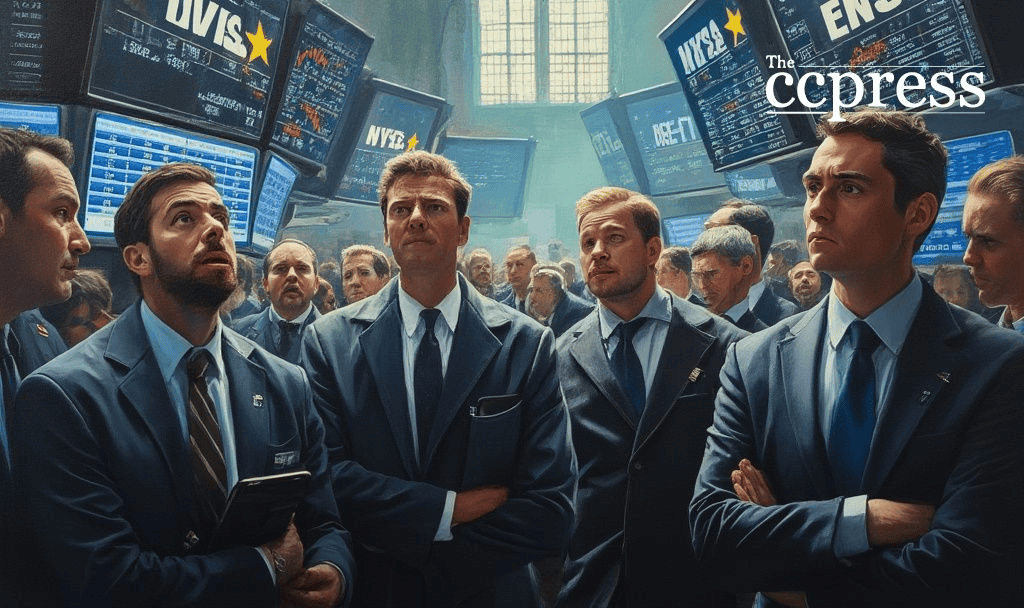- U.S. tariffs impact global markets, with a 5.2% STOXX Europe drop.
- European sectors with Asian ties affected by high tariffs.
- Potential financial instability as market fears grow.

The STOXX Europe 600 experienced a notable 5.2% drop on April 3, 2025, its most significant single-day decline since March 2020, following new U.S. tariffs.
The event signifies growing economic tension, as U.S. tariffs rattle investors and provoke fears of widespread financial instability.
The STOXX Europe 600 recorded a 5.2% decline, marking its worst performance since March 2020. This comes amid the announcement by U.S. President Donald Trump of new tariffs on imports, shaking global markets. These tariffs particularly target nations considered bad actors, including the EU and China, at rates up to 34%.
President Trump’s decision involves a 10% tariff imposition on all imports beginning April 5. Specific nations such as EU countries and China incur higher tariff rates, impacting trade considerably. Market commentators have largely remained silent on official platforms like LinkedIn and Twitter.
The announcement of sweeping new U.S. tariffs rattled investors and triggered a significant market sell-off, leading to the sharpest drop in the STOXX Europe 600 since March 2020. – John Smith, Market Analyst, Bloomberg
The U.S. and European indices showed notable declines, with the S&P 500 dropping 4.8% and the Nasdaq 6%. The U.S. announced 20% tariffs on EU and 34% on China, causing fear among investors. European companies based in Asia are particularly hit hard, with Adidas and Pandora facing high tariffs due to operations in Vietnam and Thailand.
Financial risks arise amidst this trade dispute, impacting numerous sectors across the EU and U.S. Economic measures such as tariffs could usher in prolonged economic challenges, affecting industries and disrupting supply chains globally.
The tariffs replicate previous trade tensions; past tariff impositions under Trump’s administration led to similar market routs. Market analysts predict potential long-term recovery challenges alongside immediate financial volatility for impacted industries.
